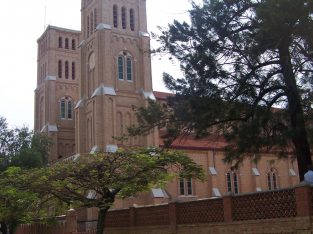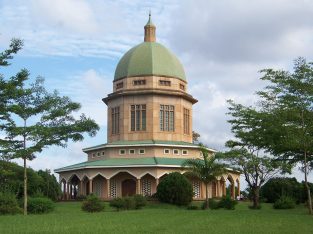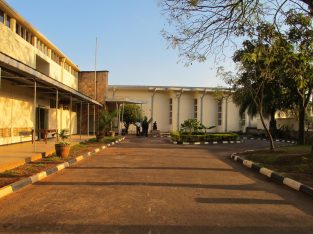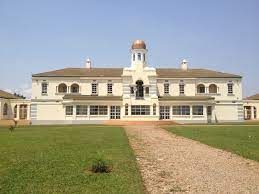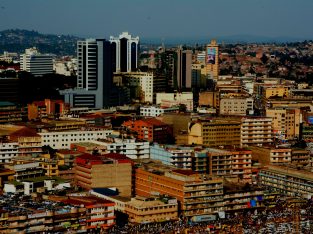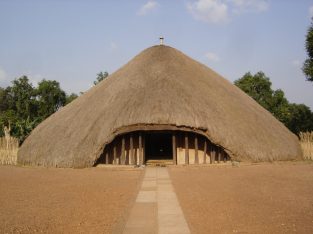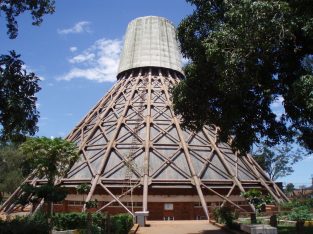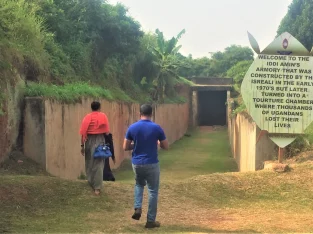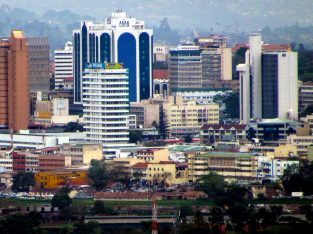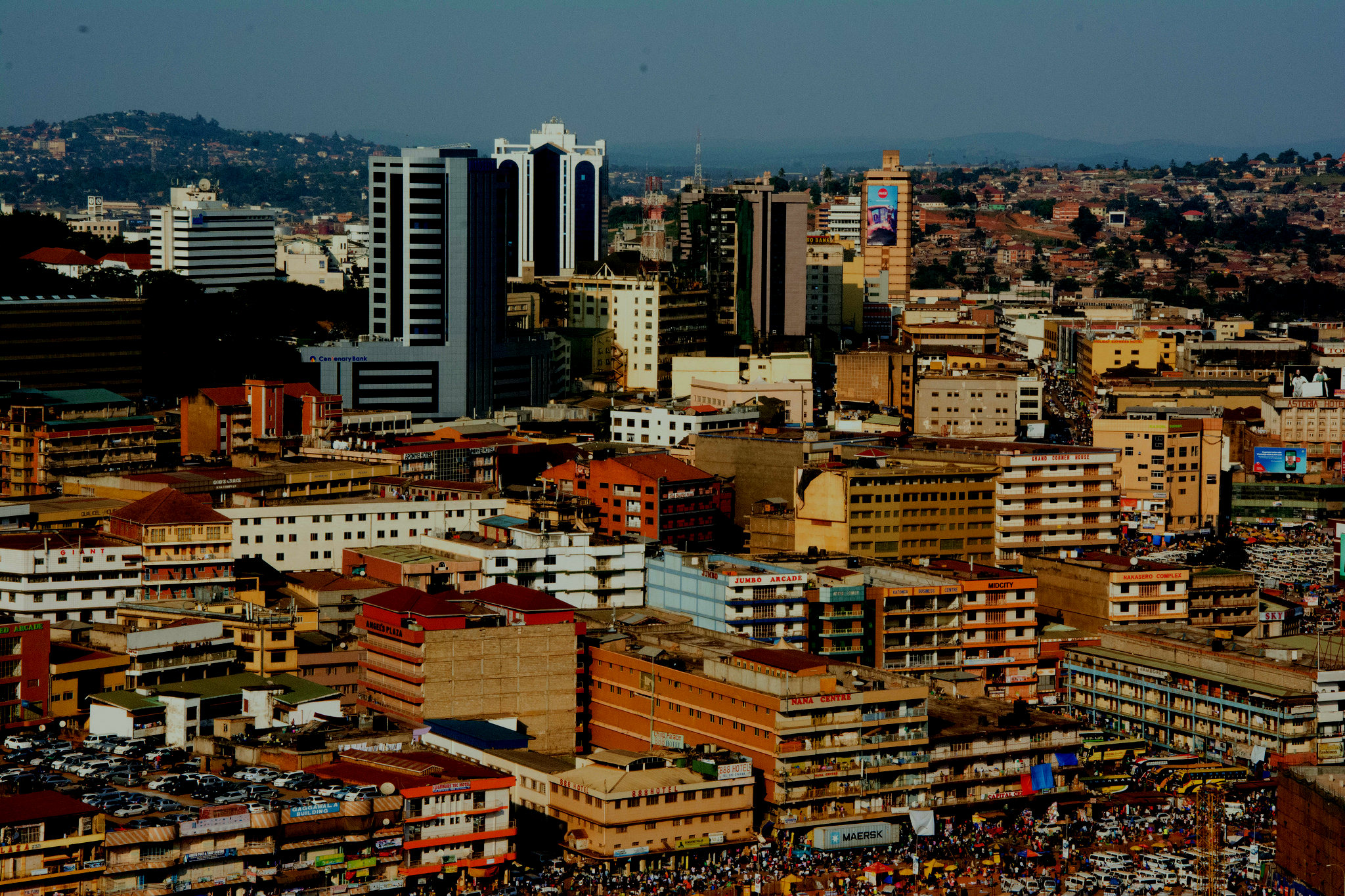Kampala City Tour
Uganda’s capital and largest city is Kampala. There are 5 political divisions in the metropolis, each with a population of 1,680,000: Kampala Central Division, Kawempe Division, Makindye Division, Nakawa Division, and Rubaga Division. Wakiso District, Mukono District, Mpigi District, Buikwe District, and Luweero District are nearby districts that make up Kampala’s metropolitan area.
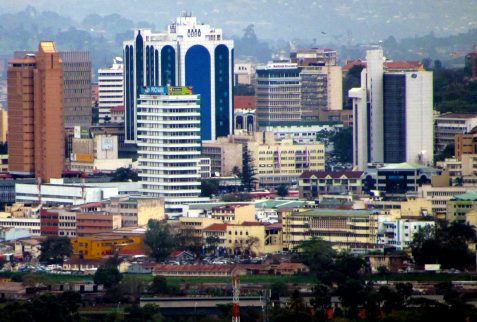
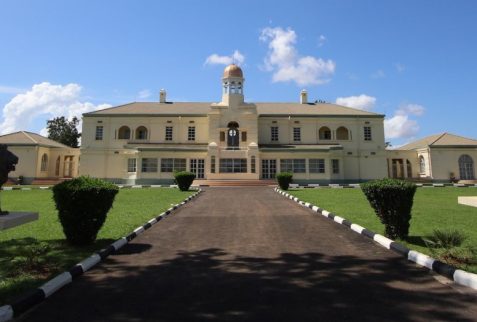
Kampala is one of Africa’s fastest-growing cities, with an annual population growth rate of 4.03 percent. Mercer (a New York-based consulting firm) has consistently ranked Kampala as the most pleasant city in East Africa, ahead of Nairobi and Kigali.
At first, the term “Kampala” only referred to the present-day Old Kampala hill, on whose summit Fort Lugard once stood and served as the preliminary headquarters of the British colonial authorities in the soon-to-be Uganda Protectorate.
Before the British built Fort Lugard, the hill was a hunting reserve for the Kabaka (King) of Buganda, and it was home to several species of antelope, including the impala. As a result, when British colonial officers were given this hill by the then Kabaka (King) of Buganda, they dubbed it “The Hill of the Impala.”
Good to Know
Country
Visa Requirements
Languages spoken
Currency used
Area (km2)
This area of hills and swamps that later became known as Kampala was once the heart of the highly centralized Buganda Kingdom. It was also the location of the moving Kibuga (capital) of the Buganda Kingdom’s special kings, with each king upon coronation, or throughout their reign, erecting their Kibuga (capital) on a new and or extraordinary hill as they wished or desired.
When explorer John Speke arrived in Buganda in 1862, the Kibuga (capital) was at Bandabarogo, now Banda Hill, and Mutesa I was the reigning king.
In 1875, explorer Henry Morton Stanley identified the capital as present-day Lubaga Hill, where he met the same king, Mutesa I. During this visit, Henry M. Stanley wrote a letter, which was published in the Daily Telegraphy, inviting missionaries to visit Buganda. In his 1870s dispatches to The New York Herald, he also described the Kibuga as follows:
As we approached the capital, the toll road from Usavara [Busabala] widened from 20 toes [6 meters] to 150 toes [45 meters]. When I arrived in the capital, I discovered that the massive cluster of huts crowning the eminence was once the Royal Quarters, surrounded by palisades and round courts, and connected to the town by a round road ranging from one hundred to 200 feet [60 meters] in width and lined with gardens and huts…
Stanley’s Dispatches to the New York Herald, 1871-1872, 1874-1877, edited by N.R. Bennett, Boston, 1970.
The first missionaries from the Church Mission Society, who were once Protestants, arrived from the United Kingdom in 1877 and were assigned Namirembe Hill. Two years later, in 1879, the Catholic White Fathers arrived, first settling in the present-day village of Kitebi, close to Lubaga; they were later assigned Lubaga Hill. The arrival of these two missionary agencies laid the groundwork for the nonsecular wars of 1888 to 1892 between their new converts and pushed British missionaries to lobby British authorities to take over Buganda and Uganda as a protectorate.
During the reign of Ssekabaka Mwanga II, an agent of the Imperial British East Africa Company named Frederick Lugard arrived in Buganda in 1890. With Mwanga, he negotiated a contract with the British authorities over Buganda, and the Kibuga (capital) was then located at Mengo Hill. Later, Captain Lugard would receive the hill that would come to be known as Old Kampala, on which he built a fort.
With the help of the Church Missionary Society, Mengo Senior School, the first institution in Kampala to offer Western education, was established in 1895 atop Namirembe Hill, where typically the children of chiefs and pages of the royal palaces attended school.
Ssekabaka Mwanga attempted to revolt in 1897, but was put down and captured together with Omukama Kabalega. His three-year-old son was then elevated to the position of a king by a combined force of European officers commanding Nubian and Baganda colonial soldiers. The Buganda Agreement, which cemented British colonial power in Buganda, was signed in 1900 as the result of the nation’s subsequent events.
The Missionary Sisters of Our Lady of Africa built Lubaga Hospital on Lubaga Hill in the year 1899.
In the beginning, Kampala was built on seven hills. It has, however, picked up speed beyond the original seven hills.
The seven distinctive hills are:
Fort Lugard, which was formerly situated on Old Kampala Hill, served as the original location of the British colonial government in colonial Uganda.
The second is Mengo Hill, which served as the Buganda kingdom’s capital before British colonial domination.
The Kibuli Mosque, located on Kibuli Hill, makes up the remaining third.
The fourth is Namirembe Hill, where the Namirembe Anglican Cathedral is now located and where the Anglican faction of the Buganda spiritual battles of 1888 to 1892 previously called home.
The fifth is Lubaga Hill, the home of the Rubaga Catholic Cathedral and the former residence of the White Fathers Catholic group of the aforementioned nonsecular battles in Buganda.
The sixth is Nsambya Hill, which was given to the British Catholic Mill Hill Mission throughout the signing of the Uganda Agreement and was the location of the former Cathedral of St. Peter’s Nsambya (1900).
The seventh is Nakasero Hill, where the British soldiers established Fort Nakasero after moving from Fort Lugard in Old Kampala. The European Hospital, the current government’s analytical laboratory (as opposed to the Ministry of Public Service headquarters), was formerly located on the hill.
